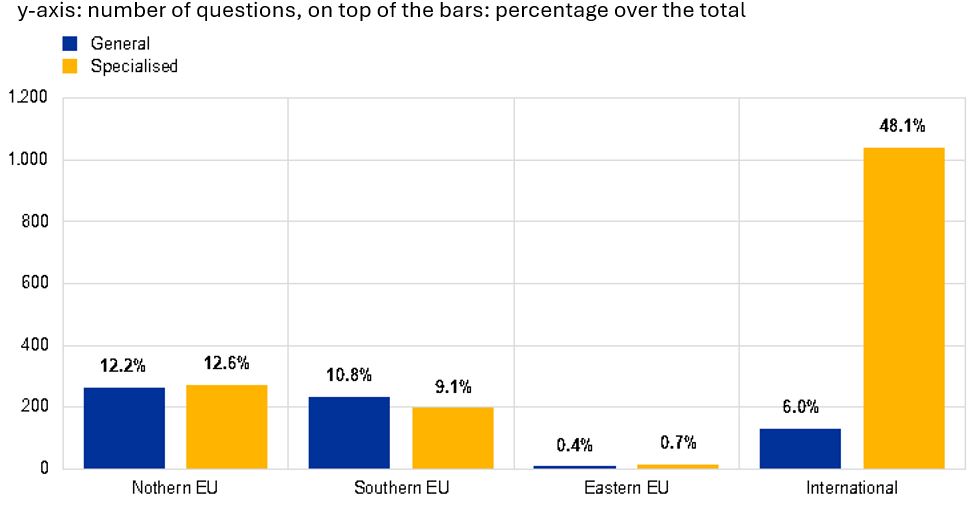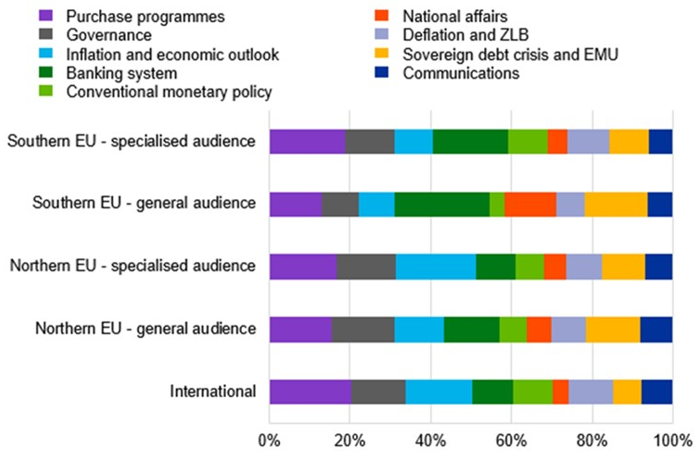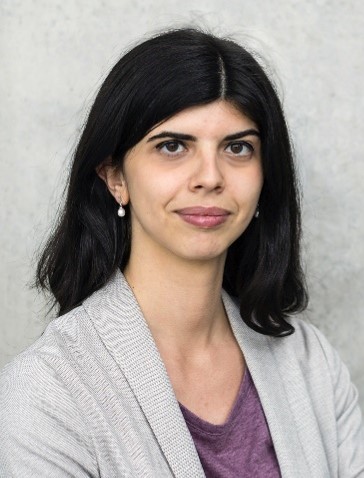References
Angino, Siria, and Robert Robitu. “One question at a time! A text mining analysis of the ECB Q&A session”, ECB Working Paper Series No. 2852 (2023).
Assenmacher, Kahtrin et al. “Clear, consistent and engaging: ECB monetary policy communication in a changing world”, ECB Occasional Paper Series No 274 (2021).
Binder, Carola. “Federal Reserve Communication and the Media”, Journal of Media Economics 30(4) 2017a.
Blinder, Alan S., Michael Ehrmann, Jakob De Haan, and David-Jan Jansen. “Central bank communication with the general public: Promise or false hope?”, ECB Working Paper Series 2694 (2022).
Ehrmann, Michael and Marcel Fratzscher. “Explaining Monetary Policy in Press Conferences”, ECB Working Paper Series No 767 (2007).






